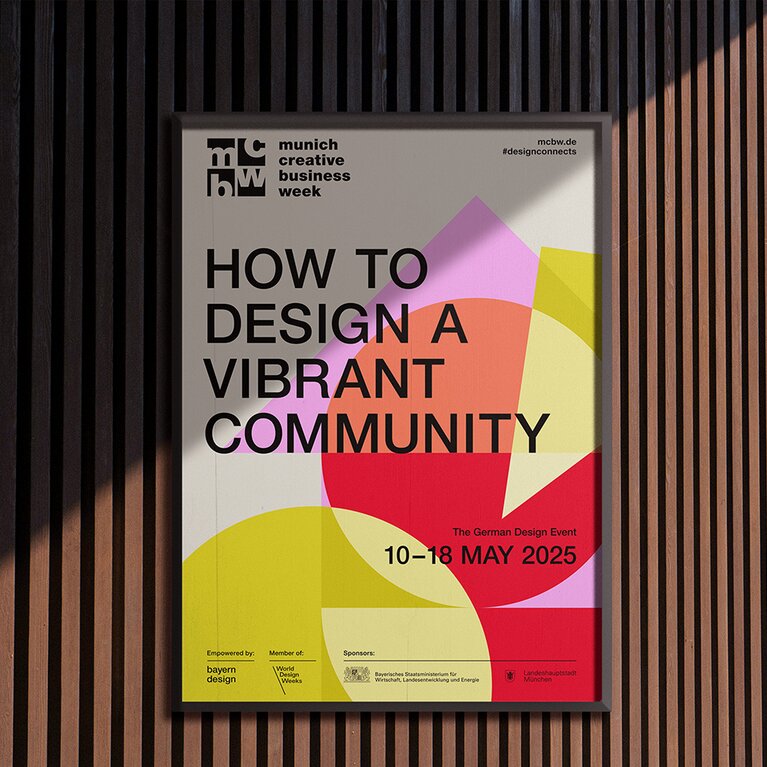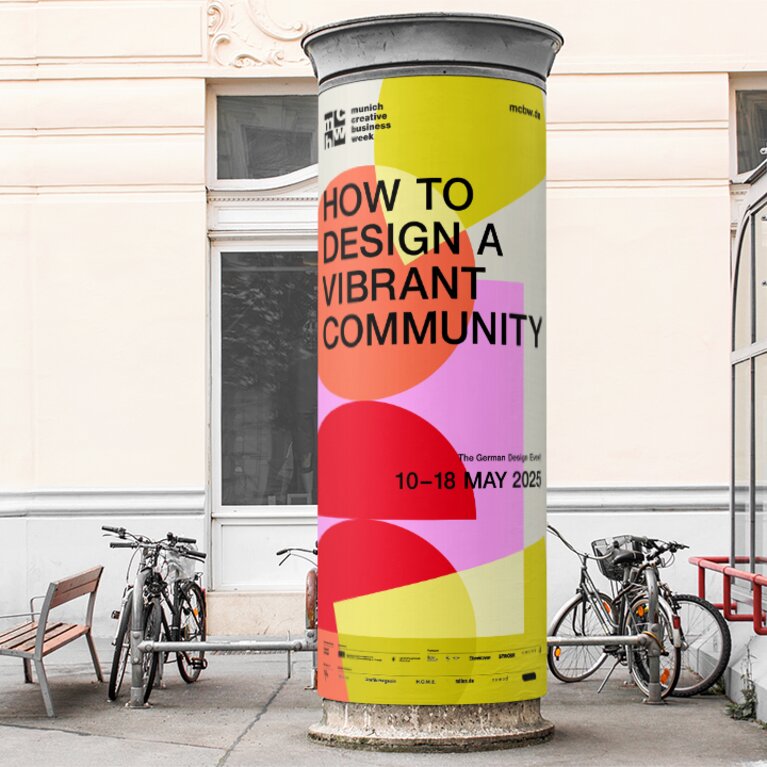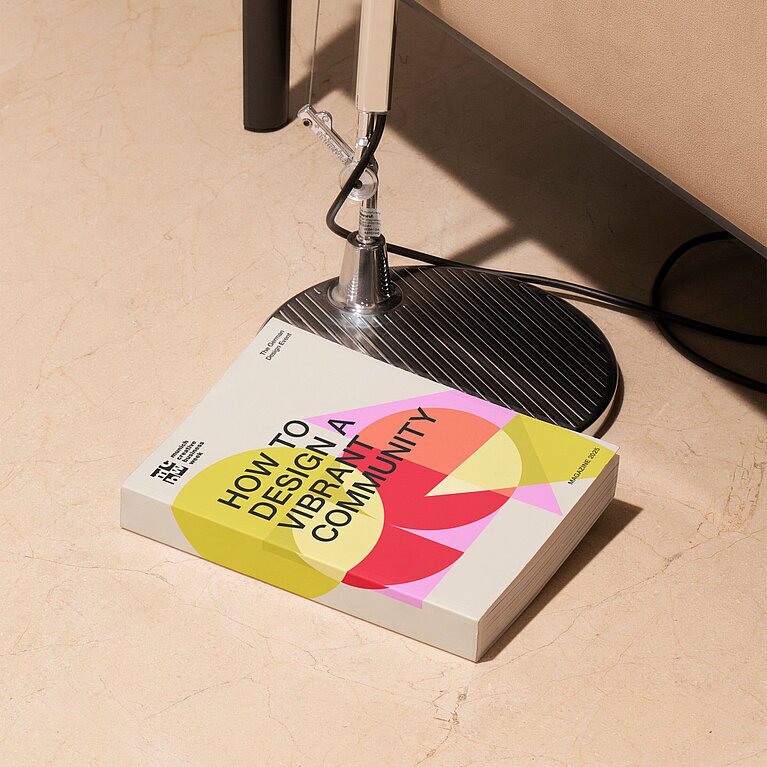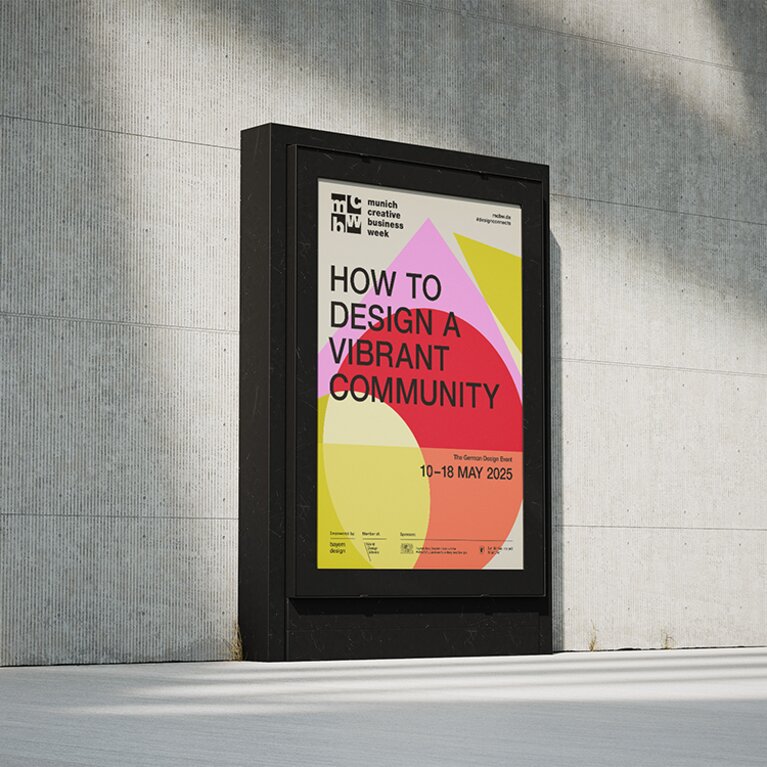

By perceiving the world, we bring order to it. The process is a part of our everyday lives that we are scarcely aware of; we differentiate and distinguish, separate and sort. Every distinction is a value judgement between good and bad, right and wrong, pleasant and unpleasant. In this way, we develop our identity and our personality. In the constant confrontation between our interior and exterior lives flows a stream of decisions about what to embrace and what to exclude (for example: opinions, characteristics, values); within every “Yes” is an implicit “No.” This everyday process of demarcation and identification creates worldviews and identities—not merely personal and individual, but also with respect to groups, organizations, societies. Given the complexity of our lifeworlds, it is obvious that those decisions are seldom clear-cut.
Wherever we currently look, we experience the power of division more strongly than the power of unification. Yet our present experiences teach us that individual values are drifting apart just as much as values within groups, societies, and political systems. The gender shift and differentiation of traditional roles, including in the course of subsequent generations, provide exemplary reflections of the vast transformation sweeping not only through personal lifeworlds, but also through the worlds of work and social structures. At the same time, humans have become one of the foremost factors influencing the biological, geological, and atmospheric processes on Earth.
For this reason, it is increasingly urgent for us to reexamine our often unconscious demarcation lines. It is a process that requires curiosity and openness. Yet in our everyday lives, we generally act from a position of opposition: Our own affirmations always draw strength from divisiveness; in the collective experiential space, the principle of competition has a longer history of success than the idea of mediation and cooperation. But that is precisely where the opportunity and the art of design are found: design which needs to have humanity and common good as its heart if it is to become a core discipline in meaningful actions for the future.
Opening Minds: design awakens curiosity

Physicist and Nobel Prize winner Albert Einstein explained the reasons for his success by saying: “I have no special talents. I am only passionately curious.” Around 2.5 million years ago, a spark of curiosity first ignited the “triad of curiosity” that is still its starting-point today: What? How? Why? These three questions drove the discovery of fire, but also spurred the capability of cooperation and the theory of relativity. The discovery of making and harnessing fire was a creative achievement, but the creative aspect was only secondary; the reason that it was even attempted in the first place was simply human curiosity. Creativity is thus a function of curiosity.
How can we, as individuals, communities, and societies, change our behavior in a way that modifies our enormous impact on the Earth into something more sustainable? How can we influence our ways of thinking to move in the right direction, how can we trigger “learning”? The answer is that to trigger creativity, we need design. Communication that invites debate; office environments that foster dialog; gadgets that unlock background information to other products; apps that influence our daily routines; and so on. The way we interact with something is determined by the way the brain responds to stimuli. And the human mind is only as good as the stimuli to which its owner is exposed, through designed content, products, tools, processes, spaces, and environments. Our modern worlds of life and work are complex and full of contradictions, eluding any attempt at control based on pure yes/no principles. Design is also always a process; it questions the status quo and, by doing so, discovers and opens doors where there were none before. By playfully creating previously unseen connections, design deepens understanding. Because design is not only curious per se, but also awakens curiosity in us as humans.
Shaping Togetherness: design makes people cooperate

Jane Goodall, UN Messenger of Peace and honorary member of the World Future Council, is confident that: “Change happens by listening and then starting a dialogue with people. That’s why it’s so important to keep talking about solutions.” Here is speech, then, as a tool of collaborative interaction and creation of cultural identity: across the world, communities and collectives are forming that are similar to modern tribal culture, with the added dimension of digital connection. This sociological concept of “neo-tribes” is increasingly used as a catch-all for the many groups large and small in a new “culture of us,” all linked by a value-based consensus as the connecting, identification-building momentum.
Every day, we see that in many areas—such as mobility, communication, and living environments—different groups of people are feeling increasingly distant, as much from the proffered solutions as from each other. They are finding this distance makes it more and more difficult for them to identify with the solutions or participate in decision-making processes. How can we ensure people feel they are being “met where they are,” involve themselves more proactively, and collaborate more widely? How can we connect players, disciplines, and fields of work and life more naturally and automatically? The answer: design can serve as a tool with visual impact, often offering easier access than speech where the aim is to integrate differing interest groups in a community project or to develop and cultivate (sub-)cultural identities. Innovation management, urban quarters, or citizen science: the key is always about designing involvement,. And that can be more successful with the power and the mindset of design, which can shape not only objects and environments, but also communication and relationships. Design can actually improve societal conditions. Design is a process that never moves in a linear fashion, but zigzags to and fro, up and down, here and there. By permeating and transcending boundaries, design has an integrative impact.
Inspiring Empathy: design points out the human factor

Medical care, medical equipment, and surgical techniques; fashion advice and shopping; travel recommendations, dating, and job interviews: technology and living are gradually merging, sometimes so subtly that the change goes almost unnoticed. AI is playing a progressively standout role, prompting increasingly urgent questions on the human factor. Business IT specialist Prof. Dr. Sarah Spiekermann has clear views on the subject: “Anywhere that high levels of emotional intelligence are required in order to properly understand the true situation, is an area where the use of AI cannot be recommended.” This involves, say, quality-based selection of personnel, manuscripts, drafts, and judgements. Instead, AI should be used to increase empowerment.
Although working and living in techno-social environments and systems offer countless opportunities, they also confront us with wide-ranging challenges. In the face of growing technologization, automation, and virtualization, how can we maintain—and, what is more, hone—our focus on what is human? How can we, as individuals, strengthen our specific areas of potential and apply them profitably? The answer: we must embrace technology as an integral constituent of our lives and work consciously and proactively on shaping change in a way that accords the right status to the human factor. Technological solutions are being used in the right place wherever they help us to make more efficient use of the workforce or apply advanced knowledge to make better decisions. For example, AI can analyze large volumes of data rapidly and precisely and thus, say, identify patterns and areas of risk in patient data at an early stage. AI can also draw up therapy recommendations. However, decisions and treatment are better entrusted to human hands. We humans need to encounter empathy and trust in order to speed our recovery. The ultimate issue must always be to expand the space for creative potential and human discourse. Design and the design mindset help us to do so by making technologies understandable, easy to operate, and attractive to use. But first and foremost, they highlight the human factor per se, render it visible, and thus help us to turn the spotlight on our creative intelligence and our empathy.
How to design a vibrant community
In the view of US Nobel Prize winner and cognitive scientist Herbert Simon,[1] the act of design stands for intention and change (The Sciences of the Artificial, 1969)—always with the goal of sustainable improvement of the existing situation. Design works. It is an indispensable tool for overcoming limitations, and thus makes a vital contribution in view of the urgent questions of our time. Because design takes the liberty of questioning everything, masterfully scrutinizing everything, rethinking everything, and thus in the best case leading us to solutions that improve our lifeworlds. With openness and curiosity, mediation and collaboration, humanity and community spirit. Opening minds, shaping togetherness, inspiring empathy: we need to work with and for each other if we are to fathom and master the complex challenges that lie ahead. And this is the focus of mcbw in 2025, under the banner: how to design a vibrant community.
[1] Herbert A. Simon (1916-2001), US social scientist and Nobel Prize winner, was particularly interested in decision-making processes and problem-solving strategies. He is regarded as a founding father of artificial intelligence and the first to emphasize the significance of design as a way of thinking. He was an early warner of climate change and its associated implications for society and politics.
#designconnects
Become a mcbw partner now and help shape the future with us!
Join our design community and share your ideas! As an mcbw partner, you have the opportunity to actively participate in exciting projects and collaborate with creative minds from the design industry to develop innovative solutions. Be part of the change and set new standards in design. Let’s overcome boundaries together and create a vibrant, creative future! Here you find all information about your participation in mcbw 2025.

